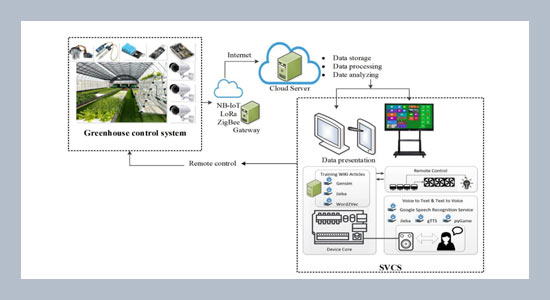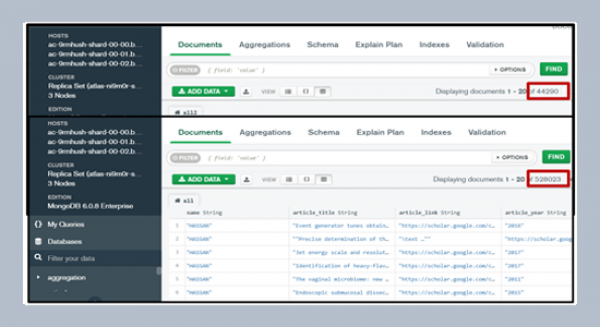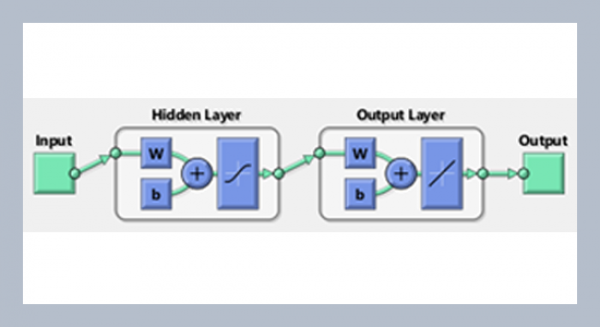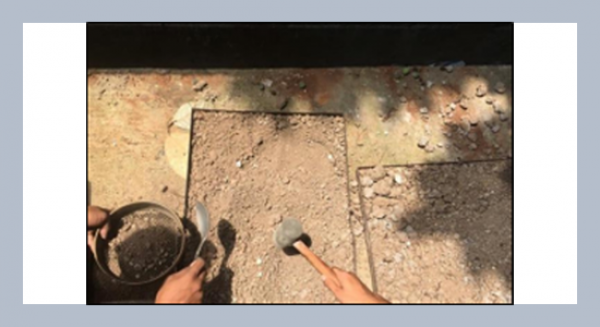Shu-Ching Wang1*, Wei-Ling Lin1,2, Chun-Hung Hsieh2, Mao-Lun Chiang3, Tung-Shou Chen4 1 Department of Information Management, Chaoyang University of Technology, Taichung City, Taiwan
2 Department of Information Management, National Taichung University of Science and Technology, Taichung City, Taiwan
3 Department of Information and Communication Engineering, Chaoyang University of Technology, Taichung City, Taiwan
4 Department of Computer Science and Information Engineering, National Taichung University of Science and Technology, Taichung City, Taiwan
Download Citation:
|
Download PDF
The abnormal climatic changes due to global warming causes damage to crops. Uncontrollable factors make it difficult for farmers to use conventional methods for farming. Furthermore, with the aging population and the reluctance of the younger generation to be devoted to farming jobs that require a large amount of physical work, there is a problem of global food shortage. Therefore, several countries have invested in the development of science and technology in agriculture, expecting to promote the overall development of agricultural production through the Agricultural Internet of Things (AIoT). AIoT is a highly integrated and comprehensive application of a new generation of information technology in the agricultural field. In this study, the currently popular Internet of Things (IoT) is used to build a smart greenhouse. To solve the problem of farmers not understanding the operation of the information interface, this study proposes an IoT-based smart voice control architecture, which details the operation of the voice system architecture. It successfully replaces the conventional unfriendly operation interface and is generally recognized by users, which lowers the barrier of entry with respect to of science and technology for those who are willing to devote themselves into the development of scientific agriculture, inspires a wide range of applications, and effectively improves the production efficiency of agriculture.ABSTRACT
Keywords:
Internet of Things, Aquaponics system, Smart agriculture, Precision agriculture.
Share this article with your colleagues
REFERENCES
ARTICLE INFORMATION
Received:
2020-10-17
Accepted:
2020-10-26
Available Online:
2021-03-01
Wang, S.-C., Lin, W.-L., Hsieh, C.-H., Chiang, M.-L., Chen, T.-S. 2021. The enhancement of agricultural productivity using the intelligent IoT. International Journal of Applied Science and Engineering, 18, 2020255. https://doi.org/10.6703/IJASE.202103_18(1).005
Cite this article:
Copyright The Author(s). This is an open access article distributed under the terms of the Creative Commons Attribution License (CC BY 4.0), which permits unrestricted use, distribution, and reproduction in any medium, provided the original author and source are cited.















